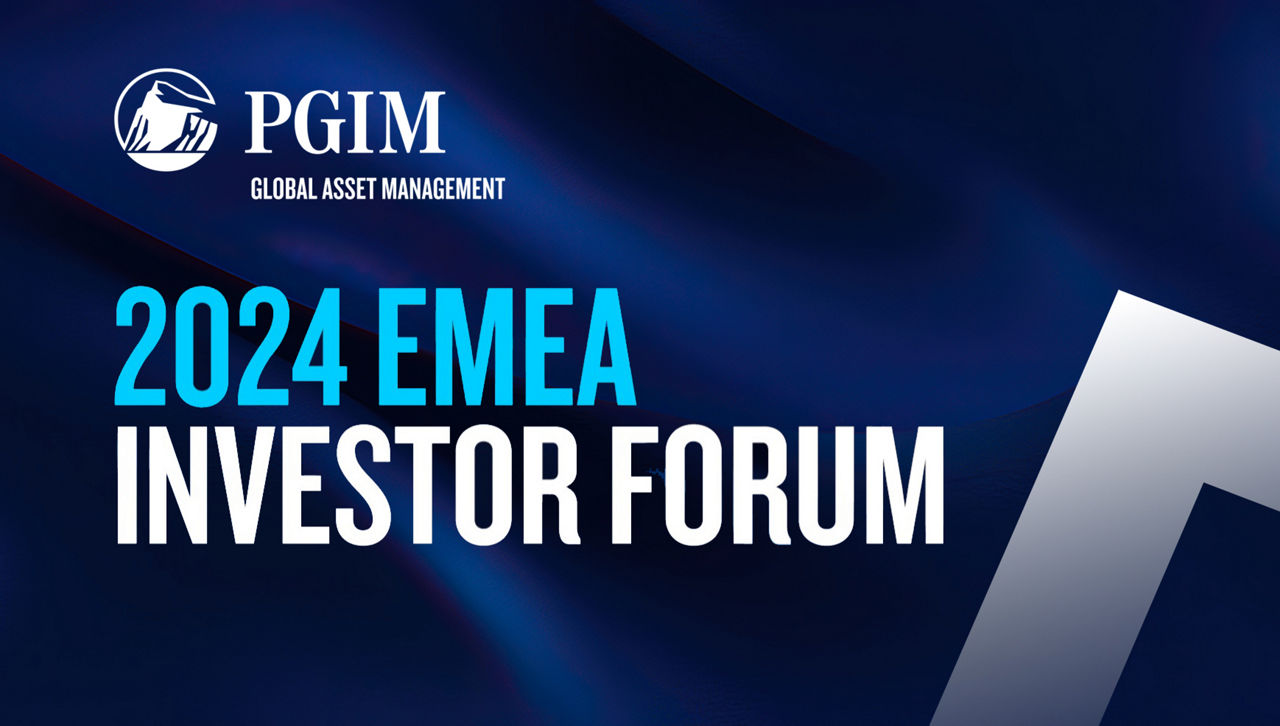PGIM’s 2024 Global Institutional Summit brought together industry leaders, asset allocators and policymakers at the Harold Pratt House in New York City on October 8. Our experts gathered to discuss geopolitics, energy policy, and the upcoming elections.
Following are some of the key points covered at the Summit:
- Economic statecraft: China is flooding strategic sectors with supply that is well beyond what global demand can absorb. While not a new problem, the trend is broadening to even more sectors where the US is investing heavily. If China’s growing dominance was the result of innovation and market forces it could be applauded for its positive spillovers, but it is instead being driven by massive state support far greater than any other large industrial country. In order to compete, US allies will need to collaborate more closely. Meanwhile, the premise of industrial policy in the US is that leaving the private sector entirely to itself doesn’t offer the incentive to deal with many of the biggest challenges the US is facing in terms of economic growth. The US preeminence in technology has been fading in part due to drying up of public funding for R&D, while the populist fever that has been sweeping across western democracies is symptomatic of an exhausted post-cold-war model of our political economy.
- A view from both sides of the aisle: The presidential race is essentially a toss-up at the moment, coming down to Pennsylvania, Michigan, and North Carolina. The election is less about undecided voters but getting people in their respective party to vote. The situation in the Middle East, and global instability in general, typically helps the challenger, while the recent hurricanes in the Southeast may hinder voters actually getting to the polls. In Congress, there is some consensus on support for developing renewables, but the sheer size of the federal budget deficit will require an examination of expenditures to see what renewable programs can be afforded.
- The intersection of capital markets and geopolitics: The reversal of inflationary pressures along with Fed rate cuts should be supportive of EM growth. Supply chains are moving away from lowest-cost producers towards resiliency, benefitting countries like Mexico, India, and Vietnam, and the US is looking to counter China’s influence by providing financing to certain countries. As geopolitical volatility picks up, it’s likely to also be reflected in the markets. Direct lending, rental and senior housing, copper and uranium, and EM debt were some of the ideas favored by our diverse panel.
- Traditional energy geopolitics is alive and well: Geopolitics is making the energy transition more difficult, and energy security remains a risk. AI and data centers require vast amounts of energy, and most data centers need to be running 24/7/365, requiring reliable sources of power. At the same time, local opposition and the ‘not-in-my-backyard’ mentality continues to hamper the buildout of the energy infrastructure. Sustainability will not only have to be clean but also affordable and reliable or the world will move away from it. Our real-time audience poll suggested the best risk-adjusted intermediate-term investment returns will come from natural gas and nuclear energy.
- The resiliency of energy prices: Until recently, political risk hasn’t shown up in oil prices for a long stretch of time. For the most part commodity price signals have not been showing signs that investors need to invest, nor have they offered the punishment of not being exposed to the sector. Now we may be at the beginning of a commodity price cycle, based on demand and supply. The US provides about 13 million barrels a day of supply, and globally oil is roughly a 100-million-barrels-a-day market. From 2009-2019, oil supply growth in the US was about 30% annually on average, but since then it’s been 0.1% per year.
You may also like
-
The Private Credit PlaybookFeaturing Mathew Douglass, CEO and Senior Managing Director, PGIM Private Capital.
Read More
-
Bank of England Watchers' ConferenceThe Bank of England Watchers' Conference is an annual forum that convenes a diverse network of individuals with a shared interest in the Bank of England.
Read More
-
2024 EMEA Investor ForumPGIM’s flagship institutional event for EMEA featured industry experts and PGIM thought leadership and capabilities across the firm to prospects and clients.
Read More




